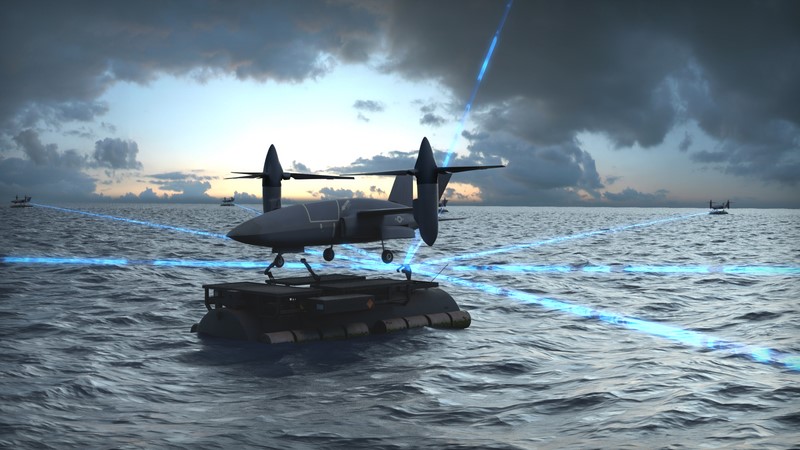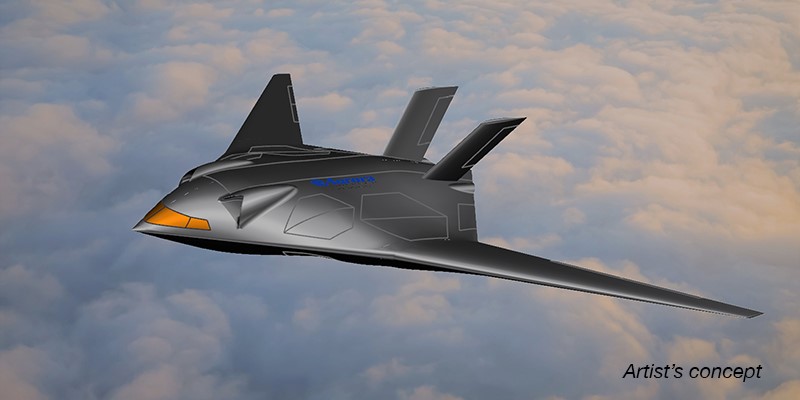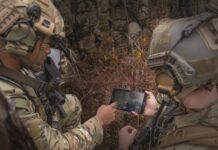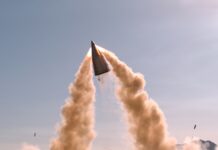The US Defense Advanced Research Projects Agency (DARPA) has downselected for contenders for its Speed and Runway Independent Technologies (SPRINT) X-Plane project, the first phase of which was initiated on 1 November 2023.
The four contenders are Aurora Flight Sciences, Bell Textron, Northrop Grumman Aeronautic Systems and Piasecki Aircraft Corporation. Phase 1A of the programme covers conceptual design work, culminating in a formal conceptual design review.
The SPRINT X-plane project is a joint DARPA/US Special Operations Command effort that aims to design, build, and fly an X-plane to demonstrate the key technologies and integrated concepts that enable a transformational combination of aircraft speed and runway independence. The proof-of-concept technology demonstrator’s flight test programme will seek to validate enabling technologies and integrated concepts that can be scaled to different-sized military aircraft.
“The goal of the programme is to provide these aircraft with the ability to cruise at speeds from 400 to 450 knots [741 to 833 km/h] at relevant altitudes and hover in austere environments from unprepared surfaces,” DARPA states on its website.
The only in-service US vertical take-off and landing (VTOL) aircraft that currently combines anything close to these capabilities is the Bell Boeing V-22 Osprey tilt-rotor, but the V-22 can only achieve a maximum speed of 509 km/h. The Bell V-280 Valor tilt-rotor, which in December 2022 was selected as the winner of the US Army’s Future Long-Range Assault Aircraft programme, has demonstrated a top speed of 555.6 km/h.
In a Bell Textron press release on 27 November Jason Hurst, the company’s executive vice president for engineering, was quoted as saying, “Bell is honoured to be selected for SPRINT and thrilled to support another X-plane, which will bring unprecedented speed to vertical lift aircraft. In our rich 85-year history, Bell has produced memorable X-planes, such as the Bell X-1 and XV-15, and expanded our VTOL aircraft capabilities.”
For the SPRINT project Bell plans to leverage its extensive investment in high-speed VTOL (HSVTOL) technology to demonstrate advanced performance capabilities. The company is currently conducting risk reduction testing at Holloman Air Force Base in New Mexico to demonstrate its folding rotor, integrated propulsion, and flight control technologies using a dedicated test article.

Aurora Flight Sciences, a Boeing subsidiary, issued a press release on 15 November stating that for the SPRINT effort it is “designing a high-lift, low-drag fan-in-wing (FIW) demonstrator aircraft that integrates a blended-wing body platform, with embedded engines and moderate sweep, with a vertical flight design comprised of embedded lift fans linked to the engines via mechanical drives”.
Aurora stated that its programme “will build on past flight programs like the Boeing X-48 blended-wing body aircraft and the Aurora Excalibur [uncrewed aerial vehicle] that combined jet-borne vertical lift with three electric, louvered lift fans that would retract into the wing in forward flight”.

Neither Northrop Grumman or Piasecki had released information on their bids by 28 November.











